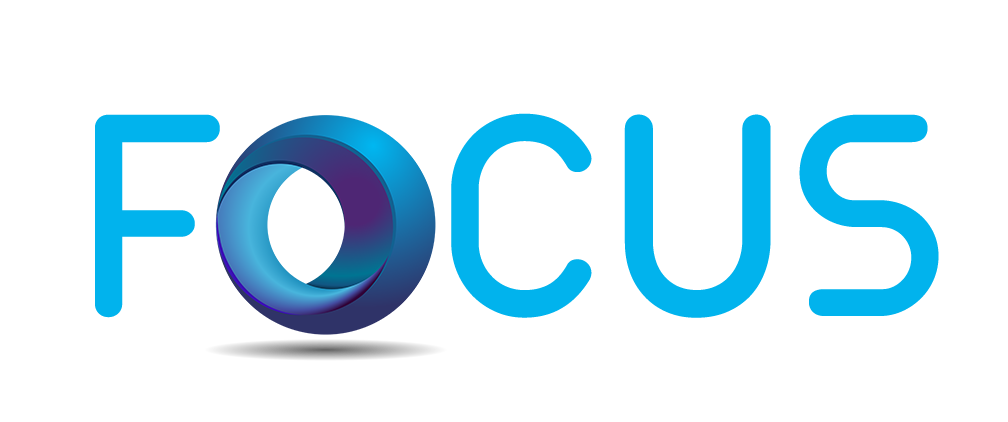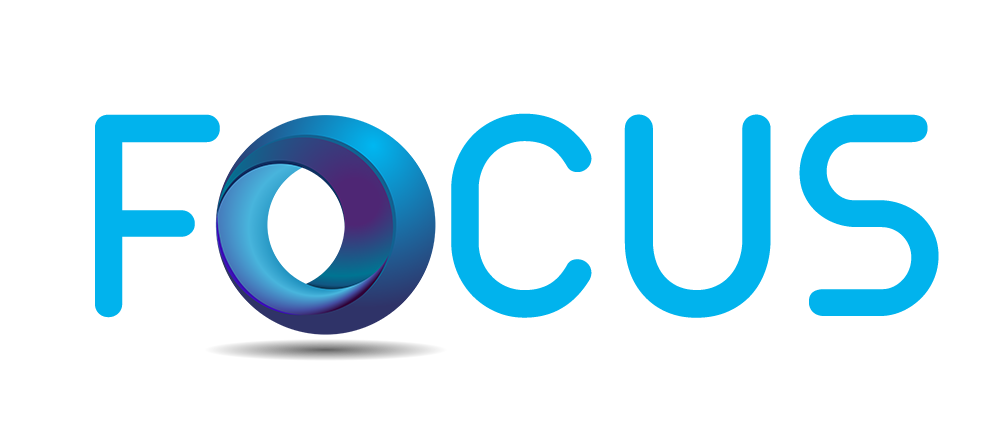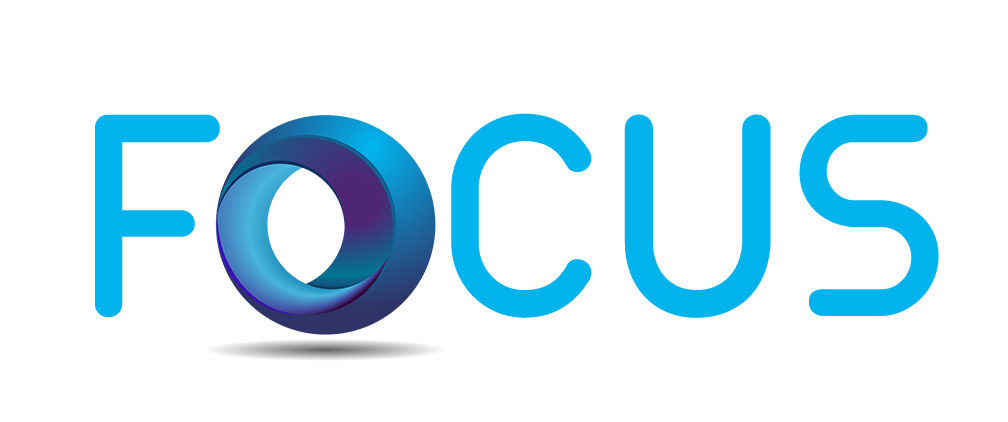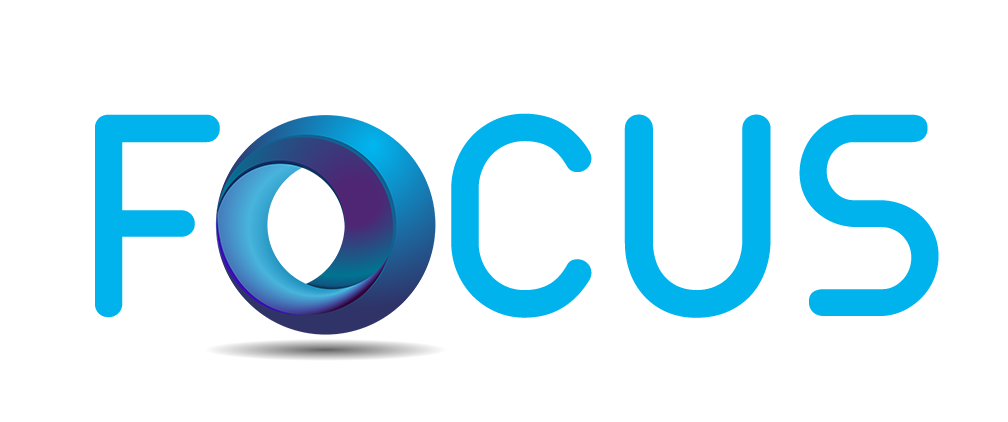
COMMON FOCUS 2024
-
Register
- Member - Free!
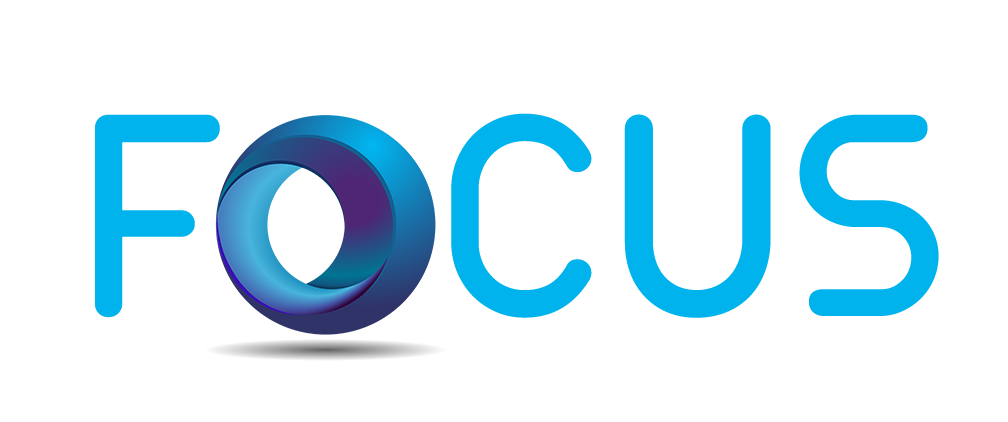
Sponsored by Fortra
Replays of half day workshops — around three hours each — from COMMON FOCUS 2024, originally aired February 13-14, 2024
-
Contains 1 Component(s)
With the invention of IBM i Services, there are many options for accessing and managing your IBM i. This workshop will look to explore the many already existing examples shipped in Access Client Solutions
SQL is for more than just doing database things. With the invention of IBM i Services, there are many options for accessing and managing your IBM i. This workshop will look to explore the many already existing examples shipped in Access Client Solutions. We will learn how to modify and enhance these to take your system management capabilities to the next level. Additionally, there are many examples that Scott has created to help IBM i clients accomplish modern system management.
Come with your laptop loaded with the LATEST level for ACS. >span class="LineBreakBlob BlobObject DragDrop SCXW100414026 BCX0">
Download ACS here1. Get comfortable using SQL to see IBM i operating system data
2. Learn how to use SQL to capture systems management data
3. Learn how to use SQL to create spreadsheets, send emails, send emails with spreadsheets, and much more
4. Learn how to use SQL to automate systems management topics
Scott Forstie
Db2 for i Business Architect
Scott Forstie is a Senior Technical Staff Member within IBM i development and spends most of his time working as the Db2 for i Business Architect. He has worked on IBM operating system development since joining IBM in 1989.
Scott is a frequently published author, speaker at industry events around the globe and can be found @Forstie_IBMi and forstie@us.ibm.com. Scott is an avid runner and enjoys cooking.
-
Contains 1 Component(s)
Application modernization is more than adding a GUI. These projects must include the modernization of the database too. Part of the database modernization is the use of SQL Views. Views allow for data from different sources, selected, reformatted, gathered and presented in a simple/easy to use form. Even if you are not changing the front-end of the application nor the database the use of Views will boost your productivity working with your existing application. Views should also be used to simplify the data you get from Db2 for i. Coming to an understanding of Views can be a real “light bulb” moment that changes the way you work.
Application modernization is more than adding a GUI. These projects must include the modernization of the database too. Part of the database modernization is the use of SQL Views. Views allow for data from different sources, selected, reformatted, gathered and presented in a simple/easy to use form. Even if you are not changing the front-end of the application nor the database the use of Views will boost your productivity working with your existing application. Views should also be used to simplify the data you get from Db2 for i. Coming to an understanding of Views can be a real “light bulb” moment that changes the way you work.
1. Creating Views over existing Db2 for i Views and Table functions
2. Moving from normalized to de-normalized data
3. Joining files/tables together in View
4. Performing calculations within View
5. Views to gather data from multiple LPAR
6. Views to create a formatted file/table from a spool file
Simon Hutchinson
RPGPGM.COM
Simon’s experience with IBM midrange started in the United Kingdom, in a pre-AS/400 world. Since immigrating to the USA he has worked mostly in the western half of the country, and is currently IT manager responsible for the Power servers and IBM i for a large bank in Central Texas.
Simon has been writing his acclaimed IBM i blog, RPGPGM.COM, for almost ten years sharing his knowledge, experience, and giving many detailed examples of the latest RPG, SQL, and CL. He was recognized by IBM as an IBM Champion for Power (2021,2022), and as an IBM i Community Advocate.
Since its founding, in 2020, Simon has been the president of the Central Texas IBM i User Group, CTXiUG. -
Contains 1 Component(s)
IBM Navigator for i is a fabulous web tool for IBM i multi-systems management. Come along with us on a guided tour and learn what you can do without the green-screen! We will demo more than 10 components and many functions that can be performed with new Navigator today.
IBM Navigator for i is a fabulous web tool for IBM i multi-systems management. Come along with us on a guided tour and learn what you can do without the green-screen! We will demo more than 10 components and many functions that can be performed with new Navigator today. We will focus on the latest enhancements and dive into detail on areas such as Security – Audit Journal configuration and insights with visualization. There will be a sneak preview of the soon-to-be-available audit journal detail entry Data Mart. You will have the ears of two of the key team members. We will give you opportunity to ask questions and give feedback.
1. Learn the features available for multi-system management.
2. Get up to date on the enriched functionality in many components.
3. Master the configuration for Audit Journal and insightful visualization.
Lora Powell
Advisory Software Engineer at IBM
Lora Powell is an Advisory Software Engineer at IBM. She is the team leader of the Performance Data Investigator team and has been part of IBM i development for 10 years. Before that she worked on compiler development, also at IBM.
-
Contains 1 Component(s)
Understand all the different areas of security one needs to consider — not just on IBM i — and prevent common mistakes and data loss or intrusion. This session will cover security best practices in objects, users, and system settings. Many of the built in IBM i Security features will be covered at a high level. But something everyone should be using is TLS encryption. That is why after we cover the basics system-wide, we are going to take a deep dive into TLS certificates and the tool used to manage them – Digital Certificate Manager, or DCM. Don’t miss it!
Understand all the different areas of security one needs to consider — not just on IBM i — and prevent common mistakes and data loss or intrusion. >span class="NormalTextRun SCXW72245912 BCX0">. Many of the built in IBM i Security features will be covered at a high level. But something everyone should be using is TLS encryption. >span class="NormalTextRun SCXW72245912 BCX0">. Don’t miss it!

Robert Andrews
Team Lead
IBM
Robert Andrews is the Team Lead for the IBM i Security and Authentication Lab Services Power Systems Delivery Practice in Rochester, MN. He is an Executive Security Consultant and a certified Thought Leader in IBM for security. Besides security, Robert is an expert in Db2, journaling, and DDM/DRDA. In addition to his technical work at IBM, Robert has been strongly involved in Emergency Management and Communications for over a decade at all levels from local to federal. Robert has published seven books and holds degrees in mathematics, computer science, education, and management.

Thom Haze
IBM i Operating System Security Development, IBM
Thom is the lead software developer for Digital Certificate Manager (DCM) and provides cryptography related enhancements to IBM i. He has been working on IBM i and earlier named platforms since 1989 on various projects such as Integrated Windows, Linux, and VMware Servers, Integrated File Server, IBM i Installation, and most recently on the IBM i Security team. Thom is a Certified Information Systems Security Professional (CISSP) focused on providing system availability,
-
Contains 1 Component(s)
This workshop will focus on the fundamentals of PHP and exhibit a simple use case for an application.
While other technologies are gaining ground, PHP is still far and away in the leadership position of web centric languages. The workshop will focus on the fundamentals of PHP and exhibit a simple use case for an application. Then we’ll decompose the application with a LOT of nifty tools and features. We will begin in the procedural realm of PHP which is very similar in nature to RPG Free and then move into a high level discussion of the Object Oriented world of this most prestigious language. Like many web languages, the power is in the modules that can be added as needed so we’ll focus aggressively on how to leverage OPC (Other Peoples Code) to make your development experience that much more productive. We’ll also focus on the PHP release cycle and how your shop can manage this without it becoming a nightmare.
1) Understand how to install and manage PHP & open source tools on IBM i
2) Explore the syntax of PHP as well as the development/execution model of scripts on IBM i
3) See how to enhance PHP via modular componentry, Db2 and extensions.
Mike Pavlak
Perforce Software
Mike Pavlak has been working with IBM midrange solutions since 1992 and IBM Mainframes before that. After years of developing applications using RPG, CL and PHP he managed IT development and IT for power protection manufacturer Tripp Lite. Later Mike was instrumental in developing the adoption of PHP as a primary solution for web development on IBM i working with Zend Technologies. Today, as Solutions Engineer with Perforce, Mike helps companies around the world approach the challenges of modernization and open source technologies. In addition to several roles as a volunteer with COMMON the premier IBM midrange user group, Mike also teaches PHP & Python classes part time at Moraine Valley Community College in Suburban Chicago. Mike lives in suburban Chicago with his wife, five kids, dog, cat, Russian tortoise, and a half dozen fish.
-
Contains 1 Component(s) Recorded On: 02/14/2024
Learn how to use DevOps to make your Development, Testing and Deployment steps truly agile - all while reducing risk and realizing immediate and significant ROI; then actually walk through all of the steps necessary to implement a DevOps pipeline for your application.
Learn how to use DevOps to make your Development, Testing and Deployment steps truly agile - all while reducing risk and realizing immediate and significant ROI; then actually walk through all of the steps necessary to implement a DevOps pipeline for your application.
1. Learn about DevOps
2. Learn about the significant ROI benefits of DevOps
3. Understand the DevOps steps needed

Andrew Clark
DevOps Manager
Arcad Software
Andrew Clark has been working on Enterprise platforms for more than 30 years, starting his career as an intern at IBM working on the secret "Mankato Project” with RS/6000, mainframe, and pre-release versions of OS/400; advancing from testing to a Team Leader on the QQ (Query) team, he continues to build broad expertise on cross-platform SQL. His major responsibilities have shifted from development in multiple languages (RPG, C++/C# and Java, among others) on 5250, Windows and mobile devices, to Software Management. Most of his time now is dedicated to DevOps projects, especially those centered on the Cloud.
Andrew lives just outside of Chicago, and tries to get out on his bike or make it to the Lake Michigan Dunes whenever he’s not learning new technology and the opportunity arises (weather accommodating!) -
Contains 1 Component(s)
Workshop for IBM i System Administrators
In this workshop for IBM i System Administrators, Steve and Pete will cover the following topics:
System Administration: What you need to know
System Cleanup
IPLs & PTFs: What you need to know
Smarter Hardware and Operating System Upgrades
File Sharing
To HMC or Not HMC
To Cloud or On-Prem
Internal vs External Storage
Tape vs. VTL vs. RDX
Backup and Restores
Security
Encryption for Disk and Tape
Getting to know the new Navigator for I
High Availability
Performance
Question and AnswerFrom Back ups, PTFs, Encryption options, Internal/External storage, Consoles, Hardware options.

Pete Massiello
President, iTech Solutions
Pete Massiello has been working with the AS/400, iSeries, IBM i since 1989, focusing on systems management and technical support. He has held numerous technical positions through out his career. He is the President of iTech Solutions Group, an IBM Premier Business Partner delivering solutions and services to IBM i shops throughout the world. He is a member of IBM’s certification test writing team, an IBM Certified Systems Expert with certifications in IBM i Design, System Administration, LPAR, Virtualization, Implementation, and HMC management. Pete has a BS in Computer Science from Hofstra University, and an MBA from the University of New Haven. He was President of COMMON from 2010 to 2012, and again in 2014. He is a COMMON Hall of Fame speaker, and a frequent speaker at user groups all over the world. In 2011 IBM established the Champions award for Power Systems, Pete was one of the first recipients. In 2016, they revived the program and he was again made an IBM Power Systems Champion. Lightning struck for the third time in 2017, and that is the year he was also made the first Power Systems Lifetime Champion, an honor he continues to hold.

Steve Pitcher
IBM i Administration at iTech Solutions
Multi-industry IT professional with experience as a developer, systems administrator and IT Director. Skilled in security and collaborative solutions with a focus on IBM i (AS/400 or iSeries).
-
Contains 1 Component(s)
You've been picked to keep your IBM i system up to date as far as operating system software goes. What do you do? What's the best way to handle, PTFs, OS upgrades and managing it all?
You've been picked to keep your IBM i system up to date as far as operating system software goes. What do you do? What's the best way to handle, PTFs, OS upgrades and managing it all?
1. How to approach system OS maintenance
2. Compare various methods of applying PTFs
3. Making your next upgrade smooth
4. What if something doesn't work?
Jeff Carey
Sr. System Administrator at Ensono
Jeff Carey is an IBM i professional with over 25 years of experience on the platform, specializing in system administration. He currently is a Senior System Administrator for Ensono, a company providing managed services for Mainframe, IBM i, Cloud, and hybrid IT, headquartered in Downers Grove, Illinois. He is on the Board of Omni User, the Chicagoland IBM i user group. He's participated in Toastmasters and local theater. He holds an MS in Information Technology from Northwestern University, an MBA from University of Illinois at Chicago, and an AB from the University of Chicago.
-
Contains 1 Component(s)
This session will discuss the Unicode character set in general, and then focus on how Unicode data is processed in RPG, with special attention to the new CHARCOUNT NATURAL support. 1. Understand some of the issues associated with Unicode data 2. Understand how to use RPG's CHARCOUNT NATURAL support, which is especially important when working with UTF-8 data
This session will discuss the Unicode character set in general, and then focus on how Unicode data is processed in RPG, with special attention to the new CHARCOUNT NATURAL support.
1. Understand some of the issues associated with Unicode data
2. Understand how to use RPG's CHARCOUNT NATURAL support, which is especially important when working with UTF-8 data
Barbara Morris
Lead Developer for the RPG Compilers, IBM
IBM
Barbara Morris is the lead developer for the RPG compilers in the IBM Toronto Lab. She has been working on the RPG compilers since she started at IBM in 1989 after receiving a Computing Science degree from the University of Alberta. The first enhancement she developed was the ENDIF/ENDDO opcodes for RPG/400 in V2R1. Some of her most recent enhancements were the ON-EXIT and DATA-INTO opcodes and varying-dimension arrays. A few of the other notable enhancements that she developed for RPG include subprocedures, qualified data structures, call-interaction with Java, Open Access: RPG Edition, and fully-free-form RPG.

